The most famous ball of the last Russian emperor, 1903
In 1613, at the end of the Time of Troubles, power in Russia passed to the house of the Romanovs who since then managed to hold the Russian throne for a little more than three hundred years. During the reign of the Romanovs, Russia turned into a powerful and enlightened empire which spread out in two different parts of the world: Europe and Asia.
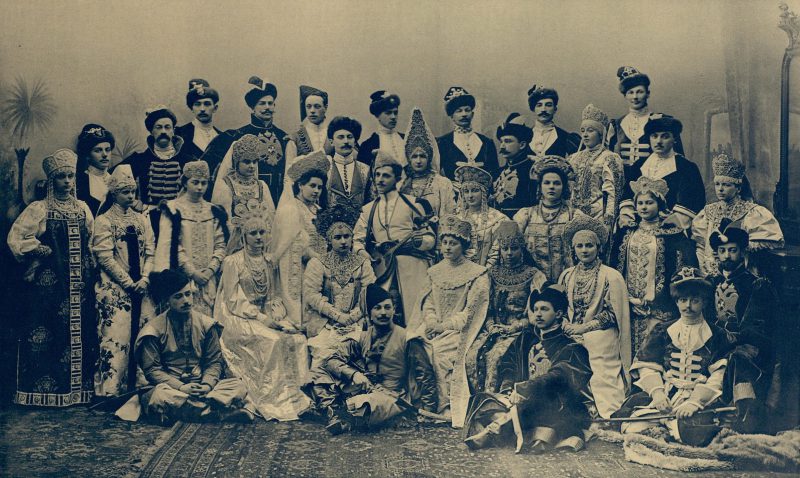
In 1903, in honor of the 290th anniversary of the House of the Romanovs, a grand masquerade ball was arranged in the Winter Palace of St. Petersburg. Today, historians call that ball the “largest of the last years of the empire and the reign of Nicholas II”.
Why was it so interesting that we decided to tell you about it? Well the reason is that all the participants of the ball were all dressed in 17th century costumes of pre-Peter Russia. So in this article, we will plunge into the atmosphere of not only 1903 but also of the 17th century.
The famous ball of 1903
The preparations for the ball started long before it. All the costumes had to be sewn by the specially designed (with the help of historians) sketches of the artist Sergey Solomko. It also took a long time to give to the the Winter Palace an atmosphere of the “old Russia” in which the ball was supposed to happen.
But the efforts paid for themselves: according to the memoirs of contemporaries, this ball gave the guests impression of a revived past. The images of the masquerade participants were accurate and authentic and everyone was amazed by the abundance of precious stones, jewelry and expensive fabrics from which the costumes were sewn.
This famous ball took place in February 1903 and lasted for two days, 390 guests were invited.
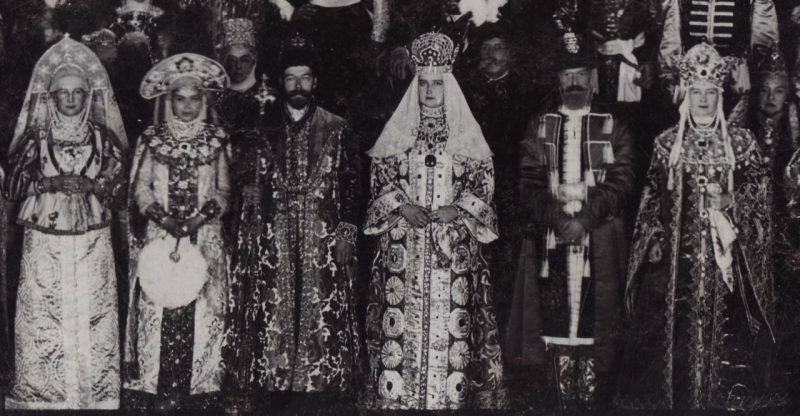
On the first day, the guests gathered at the Hermitage Romanov Gallery and passed by the royal family greeting them with a Russian bow (low bow to the ground during which a person lowers his hand from the heart down). After the greetings, all the guests, together with the royal family, attended a big concert at the Hermitage Theater. The main acts of the concert were the fragments from the opera “Boris Godunov” by M. P. Mussorgsky and from the ballets “Bayadere” by L. Minkus and “Swan Lake” by P. I. Tchaikovsky. Such primas and grandees of that time as the opera singer Fyodor Shalyapin and the ballerina Anna Pavlova played the main roles in those scenes.
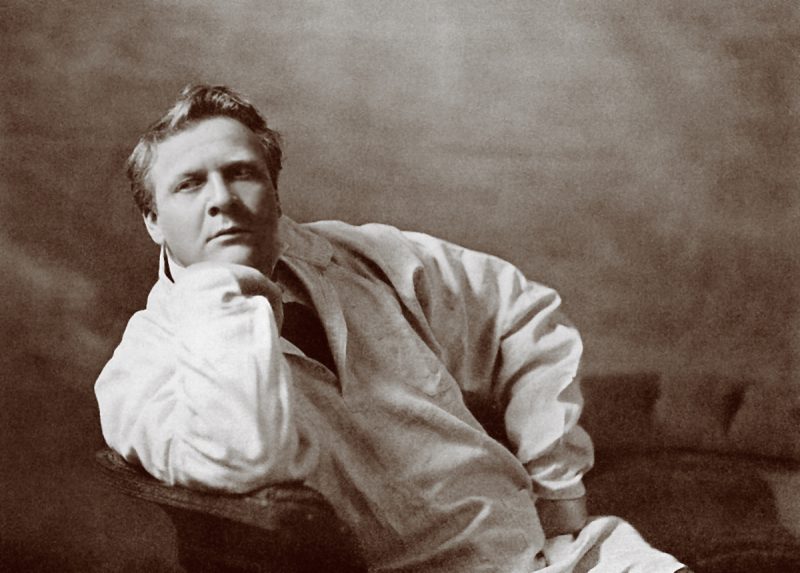
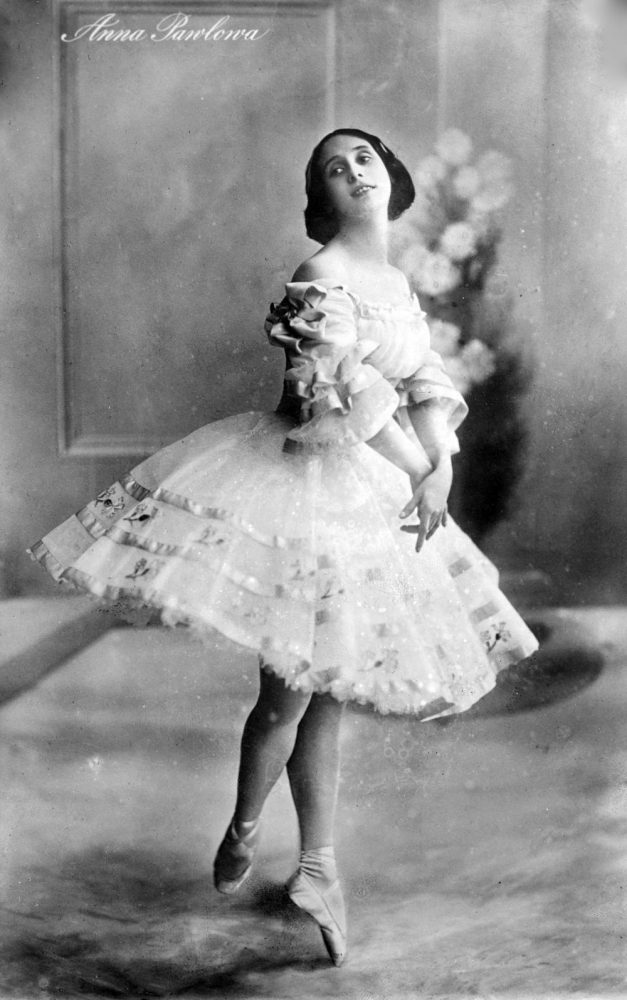
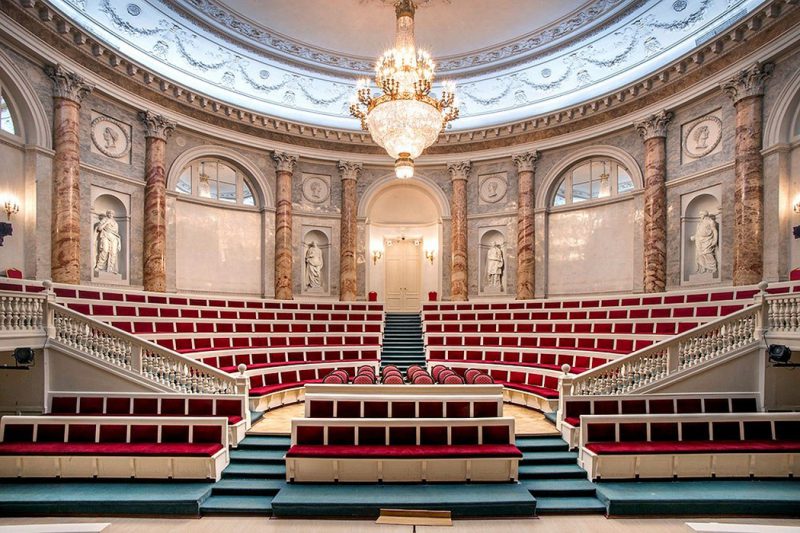
At the end of the concert, in one of the halls of the Hermitage, the guests could enjoy themselves dancing the Russian quadrille and later having a wonderful dinner.
The second day of the ball was the culmination of that historic masquerade. It’s exactly on that day, all the guests of the ball appeared in costumes of the 17th century, the era of Tsar Alexei Mikhailovich…
Russian costumes of the 17th century
The Russian dress has always differed from the clothes of other countries in its cut, material and rituals that are related to it. Of course, the clothing of ordinary people was significantly simpler than the wardrobe of merchants, nobles, and those close to the tsar. While a commoner had only a cotton shirt and pants (for men) or a sarafan (for women), the royal costume and the clothing of nobility were made with much more attention to details.
Men’s costumes of the 16-17th centuries

At the ball of 1903, Emperor Nicholas II was dressed in the ceremonial costume of Tsar Alexei Mikhailovich. The tsar’s main toilet consisted of a traditional Russian caftan (loose-fitting clothing fastened with buttons or tied with a ribbon) decorated with a golden pattern. Under the caftan, Nicholas II wore another traditional element of Russian clothing – opashen – a long straight shirt made of golden brocade with long wide sleeves. The sleeves were narrowed to the wrist. Hands were passed through special cuts on the sleeves, and the sleeves hung along the body. There was no collar in opashen and it was not supposed to be worn with a belt. A royal hat decorated with ermine’s fur and morocco boots completed the image of the emperor Nicholas.
In general, the caftan, the opashen, the pants, the boots and the hat formed the basis of the men’s wardrobe at that time. And only decorative elements indicated the status of the one who wears them.
Women’s costumes of the 16-17th centuries
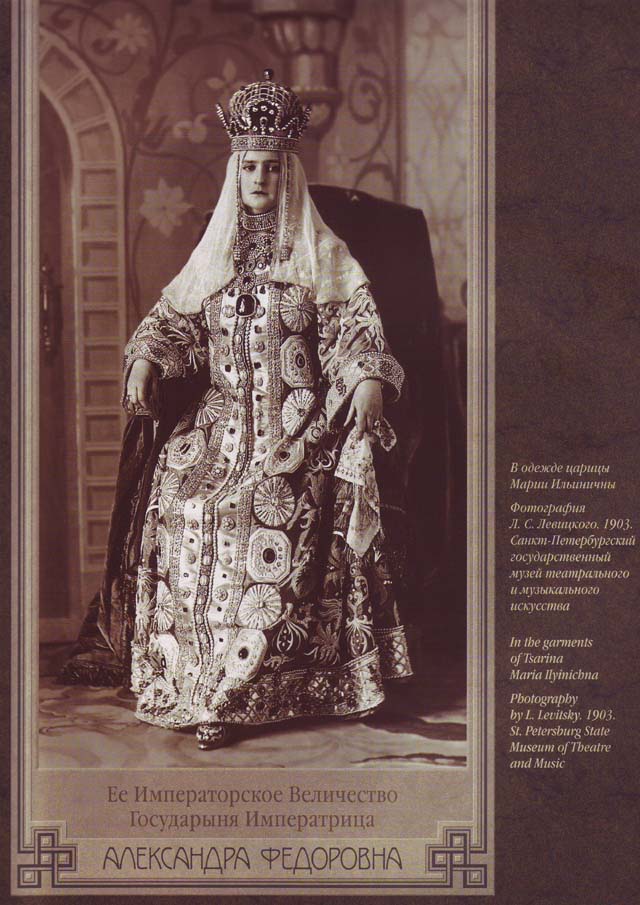
The wife of Nicholas II, Empress Alexandra Feodorovna, appeared in front of the guests in the costume of Tsarina Miloslavskaya Maria Ilyinichna, the first wife of Tsar Alexei Mikhailovich.
The style of women’s costume of the 17th century coincided in many ways with the men’s costume. Typically, women of the upper class used to wear a sarafan widening toward the bottom on narrow straps, richly decorated in the front and at the bottom of the hem with precious stones or gold embroidery. Sometimes sarafans of noble women were embroidered with beads or pearls. A long shirt of smooth woollen cloth or silk was worn under the sarafan. Above the sarafan, women used to wear a warm jacket called dushegryeya (душегре́я, from the words душа́ – “soul”, and греть – “to warm up”) which was sewn from expensive fabrics with a pattern. The armholes for the arms and the collar were decorated with beautiful material of fur.
Another item of clothing of wealthy women of that time was the “letnik” – long bell-bottomed cloth with long and very wide sleeves toward the bottom. The Empress Alexandra Feodorovna was wearing one of those on the ball. Usually the letnik was sewn from monotonous or patterned fabrics which were decorated with brocade, velvet, taffeta, embroidery and precious stones. The main element of the decor focused on the chest and sleeves. A distinctive feature of the letnik was its high collar which completely covered the woman’s neck.
One more possible element of a woman’s wardrobe was a feminine opashen – a wide long dress made of thick fabric with a high collar and slits on the sleeves, decorated with a clasp made of round buttons and embroidery. Sometimes women’s dress was supplemented with a fur trim on the edges of the sleeves. This item of clothing was chosen as a ball gown in 1903 by the representatives of the royal family and the princess. To complete the image, the head was covered with a richly decorated kokoshnik.

It should be noted that the kokoshnik was an item of women’s wardrobe since ancient times and despite many changes in cloth styles did not change much with time. Kokoshnik is a female headdress in the shape of a comb, crescent, or a rounded shield. The shape of the kokoshnik varied depending on the region: the kokoshnik could be high and pointy, low and resemble a rectangle with soft corners, there were also kokoshniks similar to the domes of Russian churches. Kokoshniki was made from thick paper which was attached to a metal soft tape. At the edges of the metal ribbon, satin or silk ribbons were attached which were tied together under the braid. Kokoshnik itself was embroidered with beads, gold thread, sometimes pearls, brocade, and in summer they were even decorated with flowers.

The costumes of Russian troops the 17th century
However, not all invited guests chose to come to the ball in the costumes of nobles. Some of them decided to turn to military history and robed themselves in the costumes of the archers which were part of the infantry army.
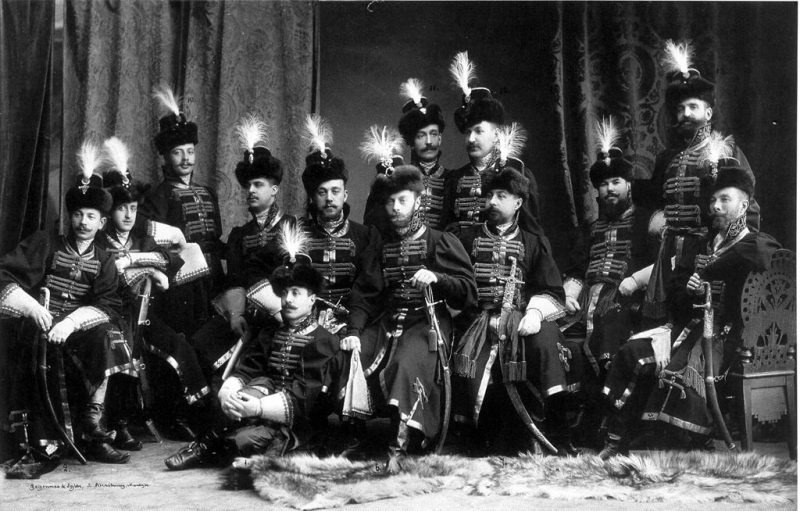
So what did an archer look like in the 17th century? First of all, the archers had their own uniform consisting of a special fur caftan, a low rectangular hat trimmed with a beaver fur, a sword-belt and a berendeyka (a cross-belt worn over the left shoulder with hanging accessories for loading a gun). Sometimes, in the most turbulent times, the archers also wore protasan – a special kind of spear which was decorated with the image of a two-headed eagle as a sign of royal service.
Conclusion
The ball of 1903 became a truly historic event in the cultural life of the Russian Empire. Fortunately, we, the people of the 21st century, have the opportunity to not only learn about it by reviewing numerous photographs taken during the ball but also see some of those dresses in real life — these costumes are on permanent display in the Hermitage halls. Don’t forget to check them out when you are visiting the Hermitage!















Culturologist, professor of Russian as a foreign language and promoter of Russian culture.
Aleksandra gives Russian lessons via Skype.






